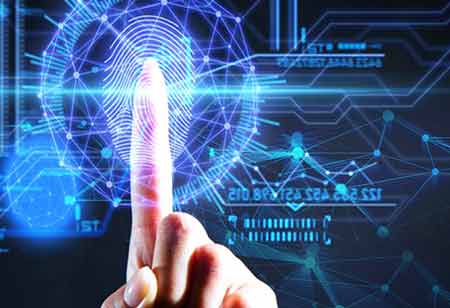THANK YOU FOR SUBSCRIBING
Decarbonising Buildings With Geothermal Technology
As part of its goal to attain carbon neutrality by 2050, the Seoul Metropolitan Government (SMG) has announced that it will convert its public buildings, including city hall,

By
Apac CIOOutlook | Friday, June 17, 2022
Stay ahead of the industry with exclusive feature stories on the top companies, expert insights and the latest news delivered straight to your inbox. Subscribe today.
Seoul Metropolitan Government is aiming to replace old heating and cooling systems in public buildings with geothermal ones to help achieve carbon neutrality by 2050.
FREMONT, CA: As part of its goal to attain carbon neutrality by 2050, the Seoul Metropolitan Government (SMG) has announced that it will convert its public buildings, including city hall, to an environmentally friendly geothermal energy system. This year, the SMG will conclude replacing the Mokdong Stadium's ancient heating and cooling systems with a geothermal system. Energy consumption is predicted to drop by about a third after the geothermal system is installed (30 per cent). SMG further claims that because the new system does not require an outside condenser, noise and vibration levels will be reduced. The geothermal energy system heats and cools buildings by extracting thermal energy from soil, bedrock, and subsurface water. The underground temperature is lower than the above-ground temperature in the summer and vice versa in the winter, and the system takes advantage of these temperature changes.
The SMG has unveiled its Comprehensive Plan for Climate Action to reach carbon neutrality by 2050, and one of the projects being implemented as part of the plan is the installation of geothermal energy systems in public buildings. Seoul has stated its ambition to enhance the new and renewable energy penetration rate from 4.3 per cent to 12.6 per cent in 2026 and 21 per cent in 2030 as part of the strategy. It intends to meet the objectives by promoting the use of innovative and renewable energy systems, such as geothermal, hydrothermal, small hydropower, and solar power, as well as the phase-out of fossil fuels. SMG intends to install the system in five additional buildings this year, including Pyeongchang-dong Art Complex, eight more buildings in 2023, including the Robot & AI Museum, and three more structures in 2024, including the West Seoul Museum. In addition, the city may demand the use of the geothermal system in significant buildings and development plans, such as public facilities and large-scale maintenance projects. Seoul will also provide a subsidy of 1.75 million South Korean won to homes that have recently installed a geothermal system. The subsidy will be granted by November.
The director-general of Seoul’s Climate and Environment Headquarters opinioned that encouraging more people to utilise renewable energy to combat rising oil prices and achieve carbon neutrality by 2050 has become the need of the hour. This, in turn, enhances financial investment, provides greater assistance for private loans, offers subsidies, and mandates the use of geothermal energy in new buildings.





